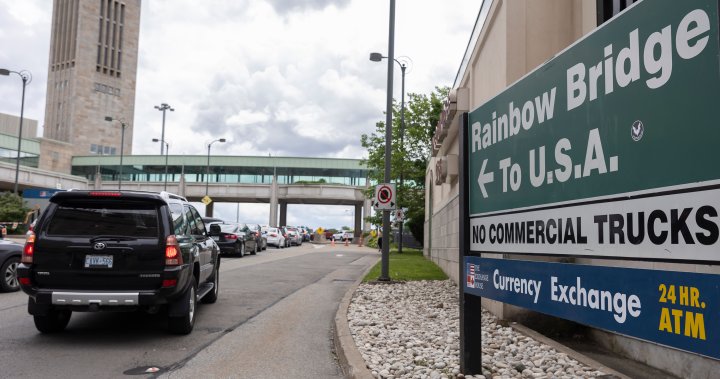Jobs
Canada’s unemployment rate climbs to 6.6% as labour market weakens
Canada’s unemployment rate is climbing higher as tepid job creation is swamped by a historic surge in the population.
The economy added 22,000 jobs in August, following small declines in June and July, Statistics Canada reported on Friday.
Still, this growth couldn’t stop the unemployment rate from rising two-tenths to 6.6 per cent. Excluding the pandemic, this is the highest jobless rate since May, 2017, and it has risen nearly two percentage points from a record low in 2022.
The Canadian labour market has been characterized by a particular trend of late: Employers have dialled back their hiring as they contend with much higher interest rates, but there is a strong infusion of job seekers via immigration.
Over the past year, employment has grown by 1.6 per cent, while the population aged 15 and older has risen by 3.5 per cent.
“The overall message from this report is that slack is building, very much keeping the Bank of Canada on an easing path, with a growing chance of a more forceful pace to those [interest rate] cuts,” said Doug Porter, chief economist at Bank of Montreal, in a client note.
Financial analysts were displeased by many aspects of Friday’s report.
Job creation was entirely driven by part-time roles. The employment rate has fallen 10 out of the past 11 months. And the total number of hours worked edged lower by 0.1 per cent in August.
The Bank of Canada expected economic activity to accelerate in the second half of the year. In July, it projected that real gross domestic product would rise by 2.8 per cent annualized in the third quarter.
But the early numbers suggest activity is much weaker than forecast. On Wednesday, the Bank of Canada cut its benchmark interest rate for a third consecutive time and reiterated that growth needs to pick up so that inflation doesn’t fall below the 2-per-cent target.
Governor Tiff Macklem said there was some “downside risk” to the growth outlook. The bank’s projections will be updated in October.
“Layoffs remain moderate, but hiring has been weak,” Mr. Macklem said.
The job market has been especially tough for young people. The unemployment rate for youth (ages 15 to 24) rose to 14.6 per cent, the highest since 2012, excluding the pandemic.
The situation was even worse for youth who were returning to school this fall. On average from May to August, the unemployment rate for returning students was 16.7 per cent. For returning Black students, the average jobless rate this summer was nearly 30 per cent.
Windsor had the highest unemployment rate of Canada’s 20 largest census metropolitan areas at 9.2 per cent. Edmonton followed at 8.6 per cent and Toronto at 8 per cent.










